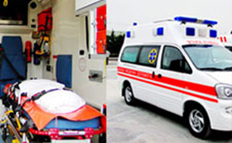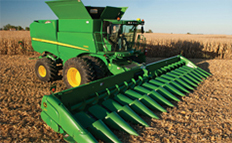Mining Vehicle Solution
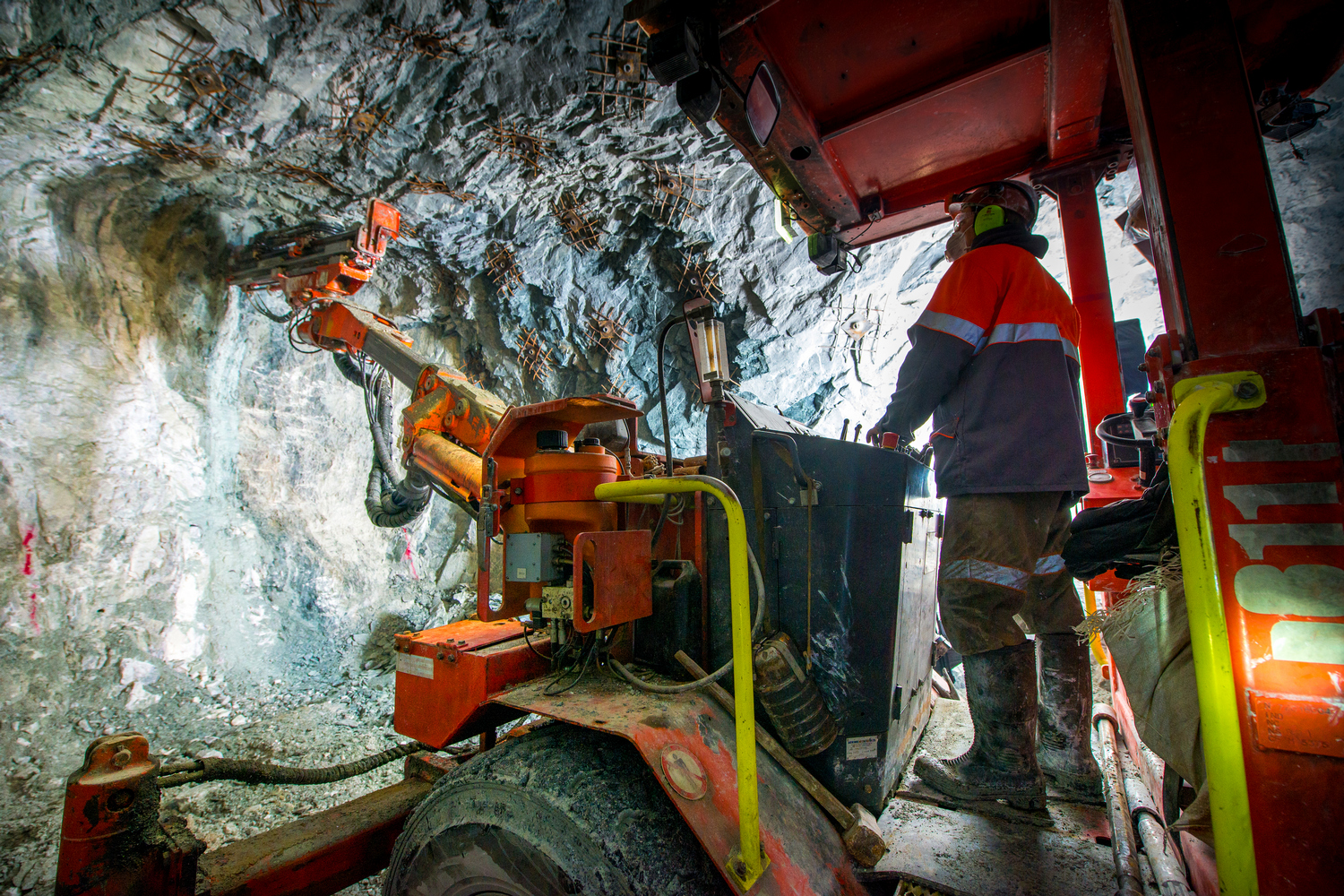
The application scope of special vehicles extends beyond those typically driven on public roads to include vehicles operating in closed environments such as mining trucks, bulldozers, and construction machinery. These heavy industrial vehicles can enhance operational efficiency and safety by incorporating vehicle mount computers. These computers not only provide navigation capabilities but also utilize sensors and positioning technology to prevent collisions, thereby improving safety in mining operations.
According to the goals of the 2015 Paris Agreement, nearly 200 member countries agreed to limit the global average temperature increase to below 2°C by 2100. Mining activities contribute approximately 4% to 7% of greenhouse gas emissions. Therefore, major mining companies and countries rich in mineral resources have prioritized sustainable development initiatives within their mining operations.
In addition to the prerequisite for sustainable development, considering operational costs and productivity, the widespread adoption of industrial IoT (IIoT) technology enables real-time monitoring and data-driven information technology, significantly improving operational efficiency. It is pointed out that digitalization is the only way forward for the mining industry.
The Enormous Challenges of Mining Operations
The digitalization of mining operations presents an immensely challenging terrain. The scale varies from open-pit mines to underground shafts, and data management spans vast distances, from kilometers of terrain to precise centimeter-level measurements. Data transmission becomes highly complex.
Furthermore, mining sites are typically harsh environments with extreme temperatures, high levels of dust, and rugged terrain. Coupled with rough road conditions and vibrations, onboard computers used for fleet management must be rugged and durable. Despite the large size of trucks and mining equipment, their cab space is extremely limited. Therefore, onboard computers must be integrated systems with screens, allowing operators to easily view work instructions and information such as external monitoring and weight measurements.
Positioning and Data Connectivity
Whether in open-pit mines or underground shafts, high-precision positioning and data connectivity for mining vehicles are crucial. Various positioning and data transmission technologies can be combined:
Open-Pit Mining Areas
Satellite Positioning: Open-pit mining areas typically utilize satellite navigation systems such as GPS, BEIDOU, and GALILEO for positioning. GPS receivers installed on vehicles receive signals from satellites to determine the precise location of the vehicle.
Wireless Communication: Modern mining vehicles commonly employ wireless communication technologies such as 4G/5G, Peer-to-Peer, LoRa, or Wi-Fi to achieve real-time data transmission between vehicles and control rooms.
Underground Mines
Wired Network: Installing network cables in underground mines is a stable and high-speed method of data transmission.
Wireless Communication: In areas near the surface or on the surface of the mining site, wireless communication technologies like 4G/5G remain feasible. However, their coverage range and penetration may be affected by equipment and rock interference. Data can be stored locally and then synchronized to the cloud using 4G/5G, Wi-Fi, or physical networks.
Radio-Frequency Identification (RFID): RFID readers are installed on the roofs of mining vehicles, while RFID tags are deployed every 20 meters along the ceiling of mine shafts. When RFID tag information is read, the location of the mining vehicle can be determined, and this data can then be synchronized to the cloud via the network.
Applications of Vehicle Mount Computers in Mining Vehicles
Vehicle mount computers play a central role in situational awareness and fleet management, contributing to more efficient mining vehicle operations. They facilitate the following tasks:
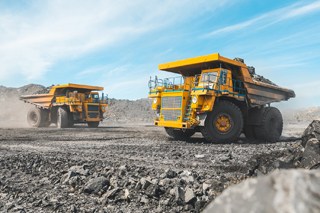
● Fleet Dispatching
Vehicle mount computers enable fleet dispatching and route optimization through positioning and real-time data communication. This includes monitoring all mining equipment vehicles, such as excavators, drilling jumbos, and haul trucks, adjusting the positions of vehicles dynamically in the fleet, whether they are in motion, waiting, or idle.
● Safety Monitoring
Through sensors and cameras, vehicle mount computers facilitate safety monitoring of mining vehicles, including fatigue driving, effective payload, collision warnings, and more. When the system detects hazardous situations, it can generate real-time alerts for drivers and control rooms to respond promptly.
● Fuel Consumption Monitoring
Vehicle mount computers continuously monitor the fuel levels, consumption rates, and miles-to-empty of mining vehicles. This not only ensures uninterrupted production due to fuel depletion but also aids management in fuel consumption control.
● Maintenance Management
Leveraging sensor data, vehicle mount computers generate records and analyses of vehicle operations, providing predictive maintenance insights. They can predict component failures, send maintenance alerts, thereby reducing equipment downtime.
Robust Vehicle Mount Computers: The Core of Mining Vehicle Fleets
Darveen’s rugged and durable vehicle mount computer solutions offer the following advantages and have successfully been deployed in mining sites worldwide:
● All-in-One Units
Darveen’sVT and FMT all-in-one units provide a variety of touchscreen options, ranging from small screens like 7 and 10.1 inches to larger ones like 15 inches. Resistive touchscreens are suitable for dusty mining environments, while P-Cap touchscreens are also available. Additionally, they offer different computing capabilities and support both Windows and Android operating systems.
● Multiple Wireless Connectivity Options
Darveen offers vehicle mount computers with various wireless connectivity options, including 4G/5G, Wi-Fi, and Bluetooth. These keep drivers connected and allow real-time vehicle tracking from control rooms.
● Centimeter-Level Positioning and Navigation
Darveen’s vehicle mount computers support GPS, BEIDOU, GALILEO, and other positioning technologies for asset and fleet management. They also support RTK differential precision positioning with accuracy down to 1-2 cm.
● Rich Industrial I/O Interfaces
Darveen’s vehicle mount computers offer extensive connectivity, allowing connection to various peripherals. These include CAN Bus for fuel sensors, serial ports for RTK positioning modules, USB for cameras and intercom walkie-talkies, DIO for motor control, and Gb LAN for electronic control units (ECUs). Their feature-rich design maximizes productivity.
● Designed for Harsh Environments
Darveen’sfanless vehicle mount computers comply with U.S. MIL-STD-810G standards for vibration and shock resistance testing. They operate within a wide temperature range and feature IP65 dust and water resistance, 8-36 VDC wide voltage input, and expandable M12 waterproof connectors. The Power Ignition function allows customizable delayed shutdown to prevent damage from sudden engine stops.
● Lightweight and Versatile Mounting Brackets
In addition to the computers themselves, Darveen provides various mounting brackets to meet specific installation requirements for different vehicles. These include universal adjustable mounting kits, sandwich-type mounting kits, U-type mounting kits, and more.

Recommended Products
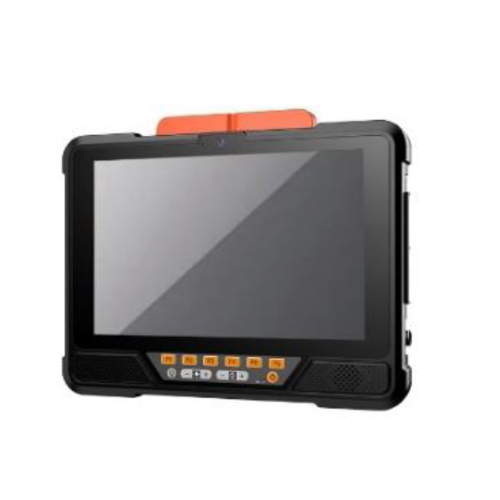 |
VT Windows Series Vehicle Mount Terminal
● Intel® Core™ i5 / Celeron® or Rockchip ARM-based processor |
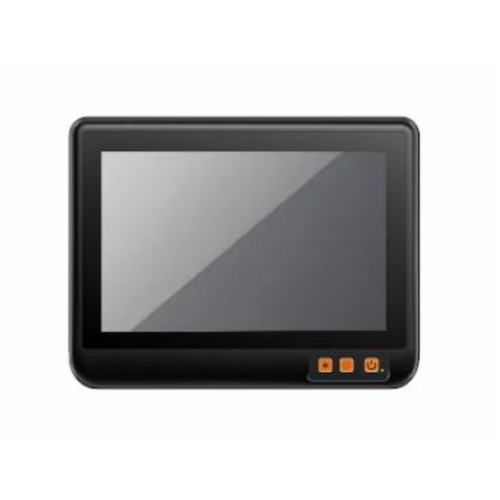 |
FMT Series Fleet Management Terminal
● Intel® Celeron® or Rockchip/ UnisocARM-based processor |



